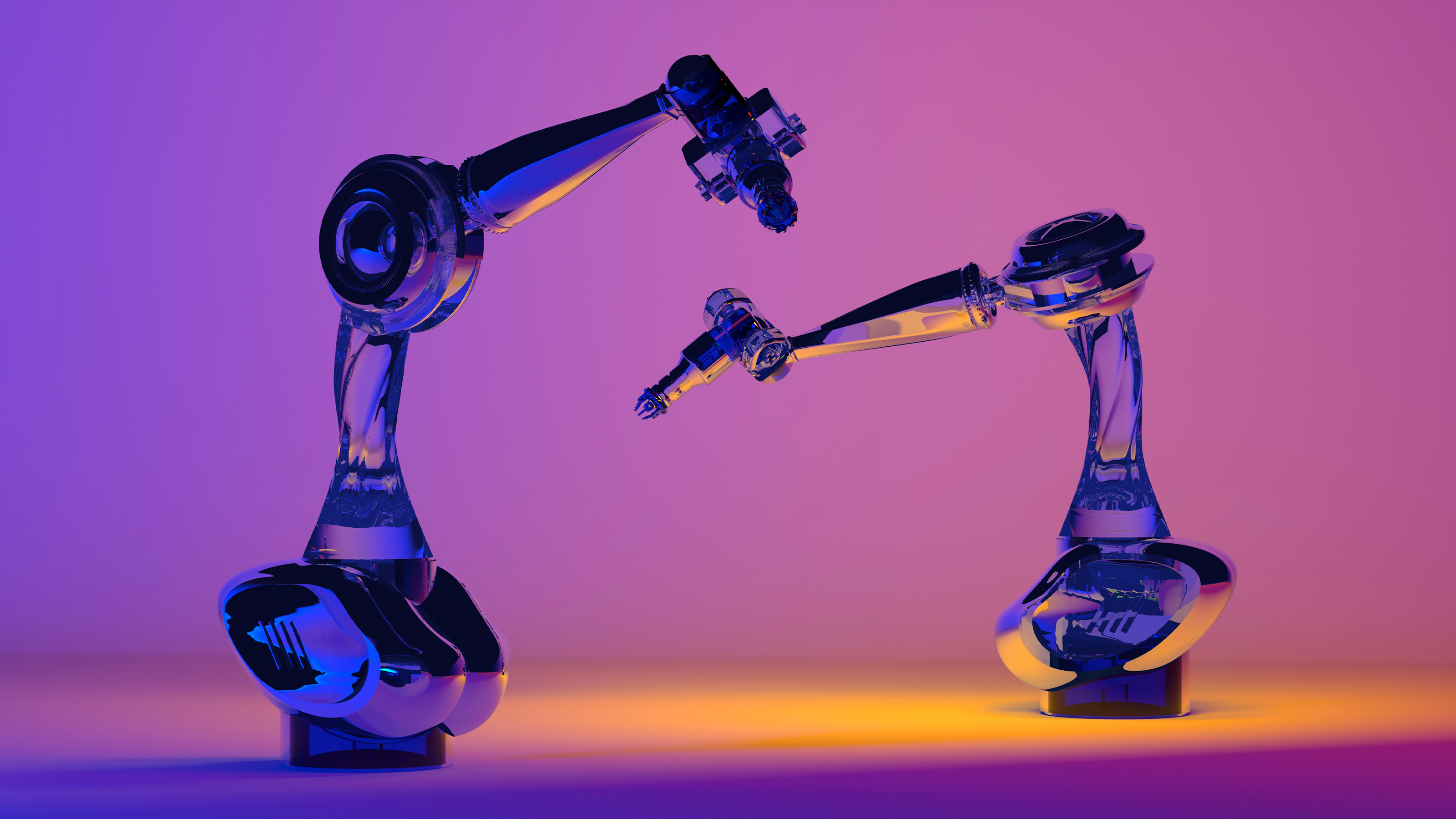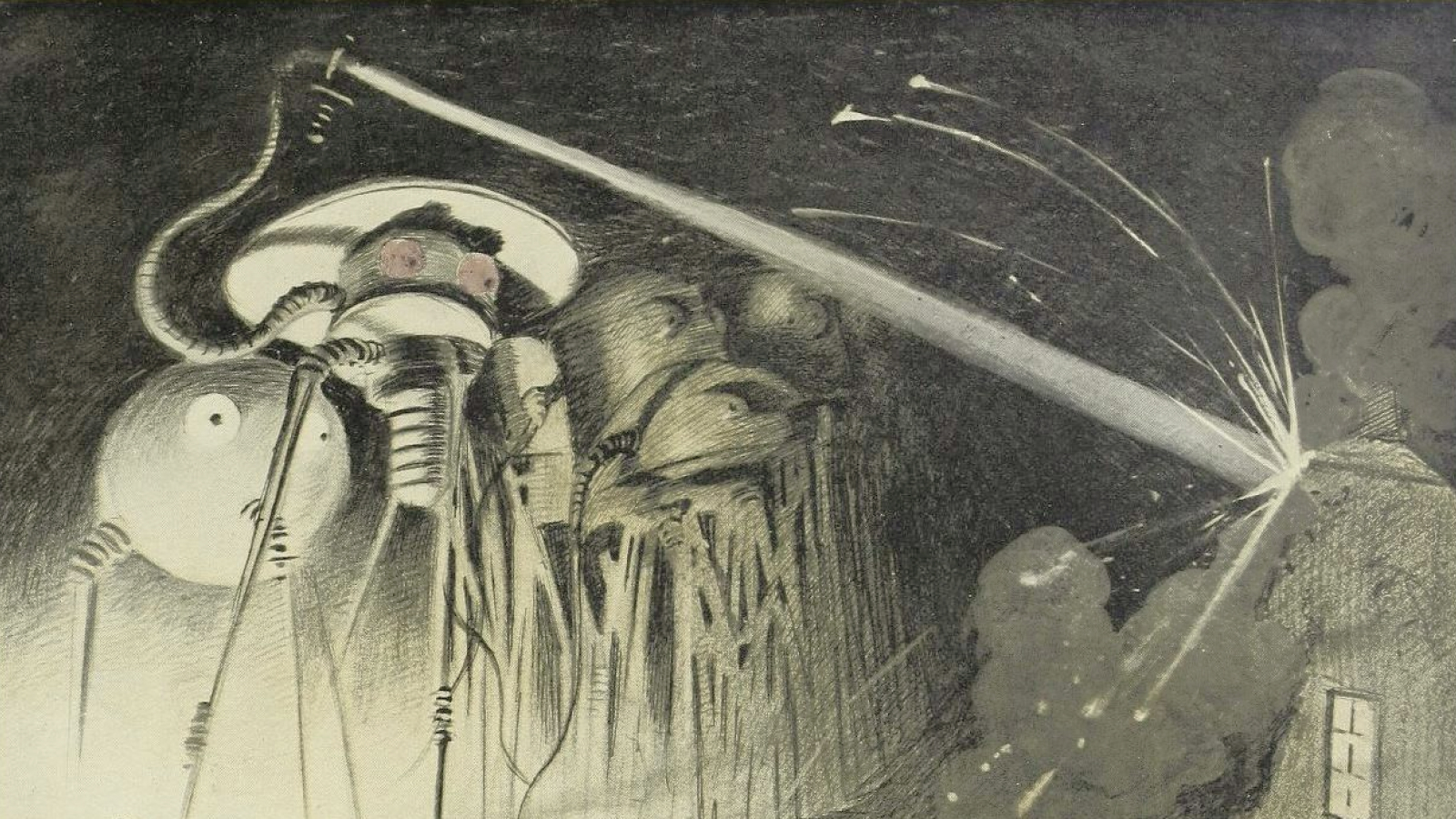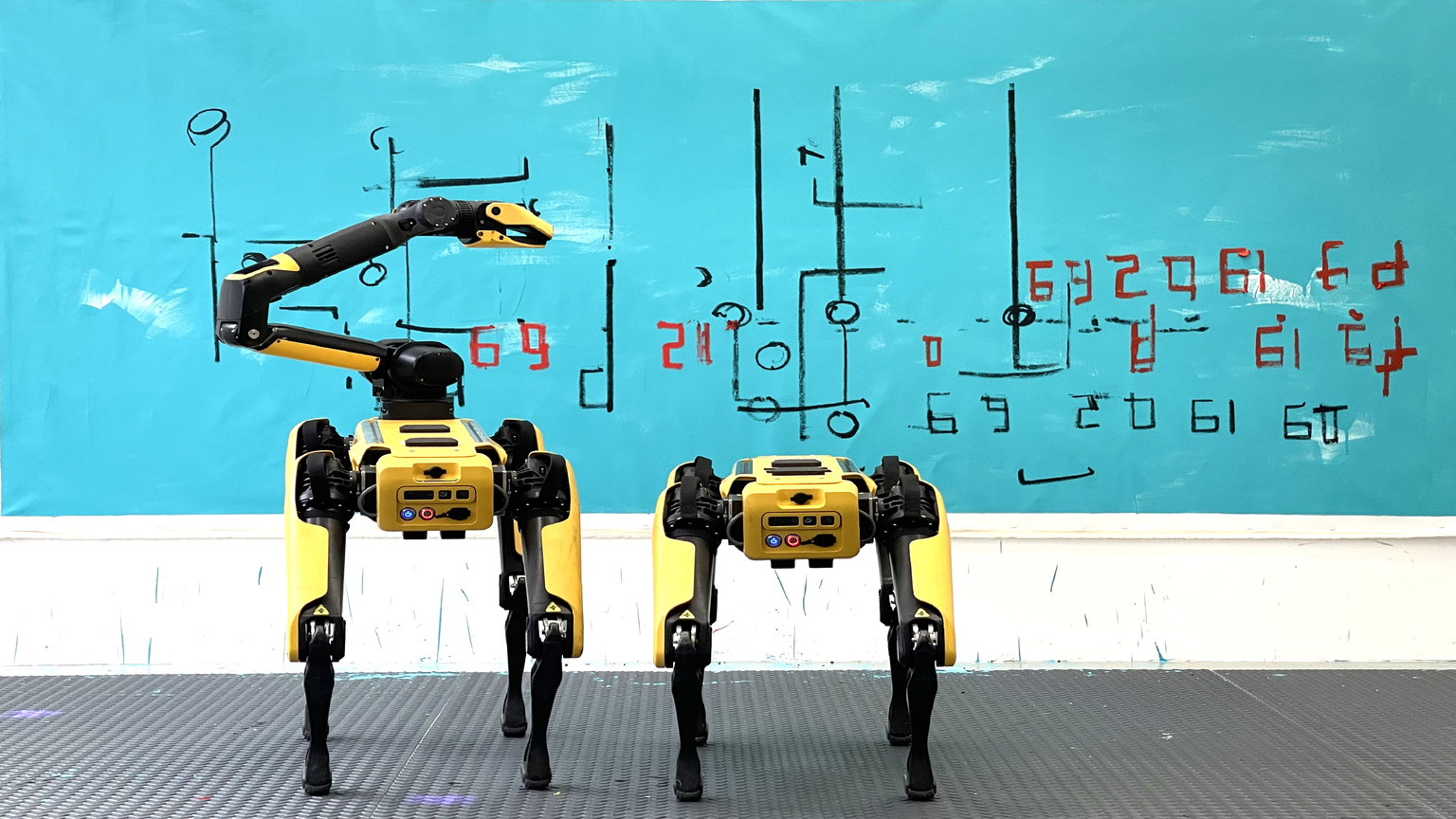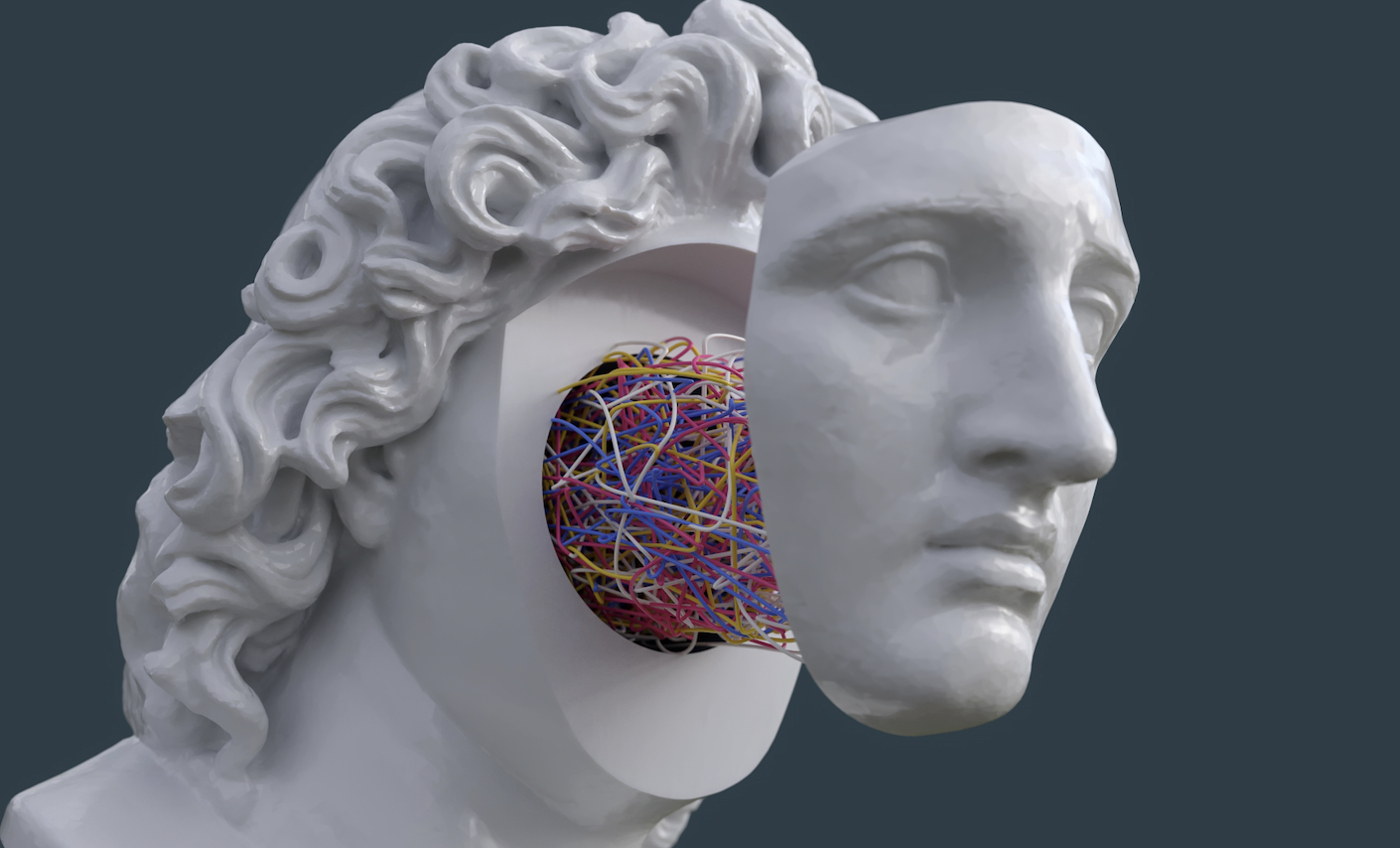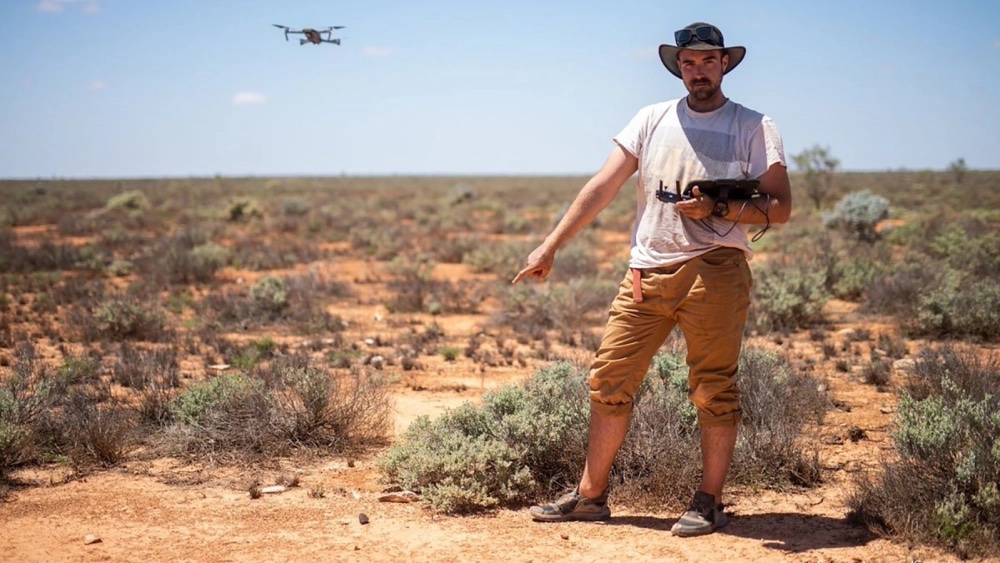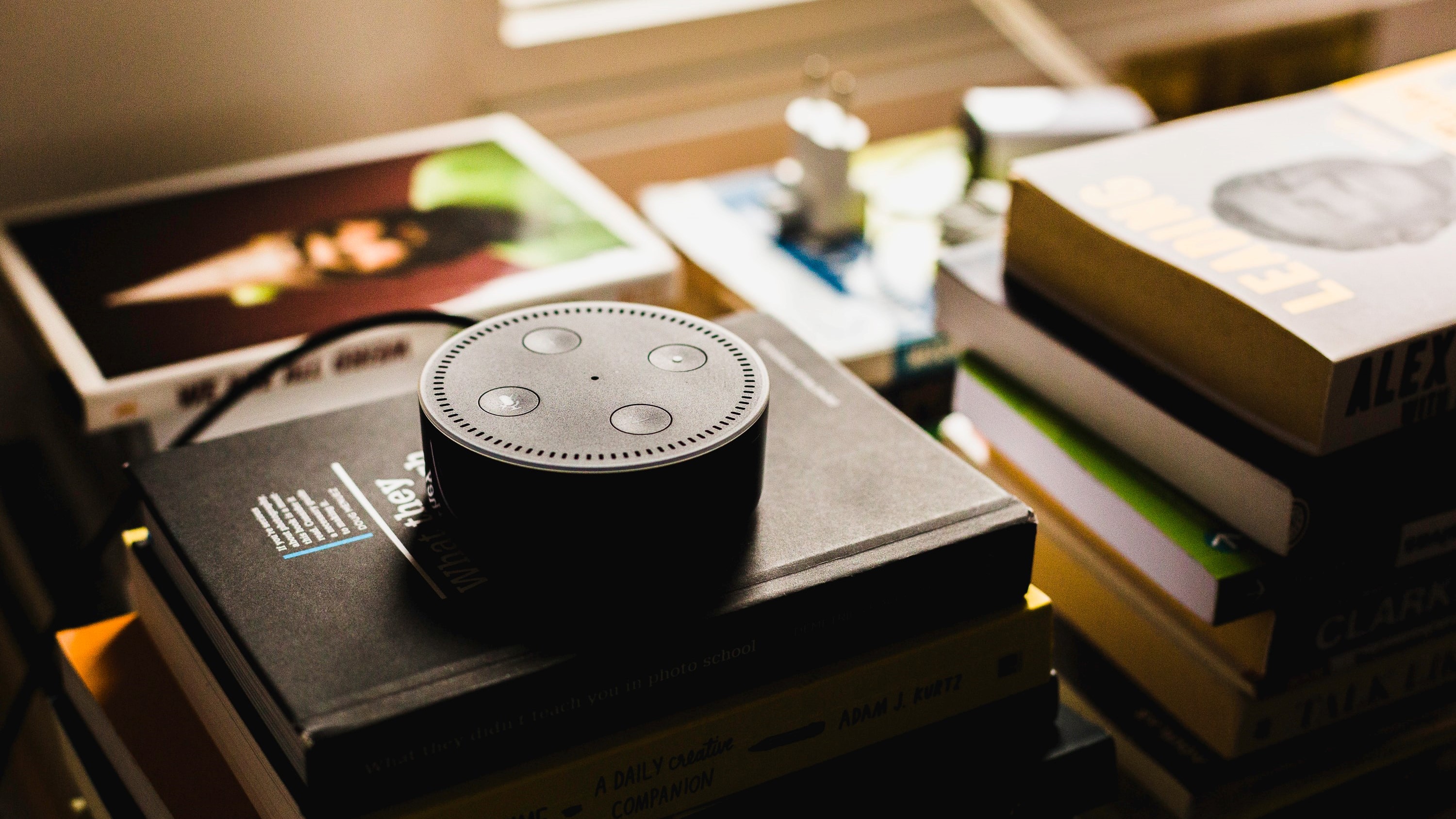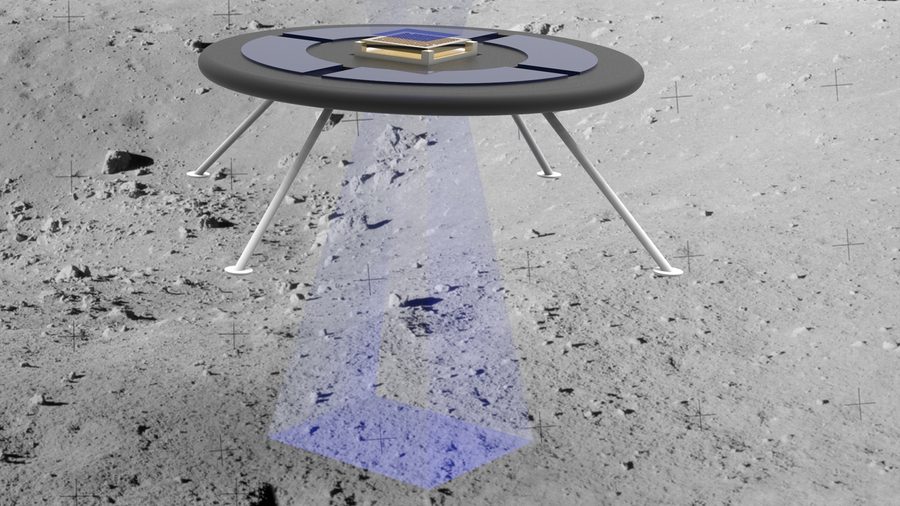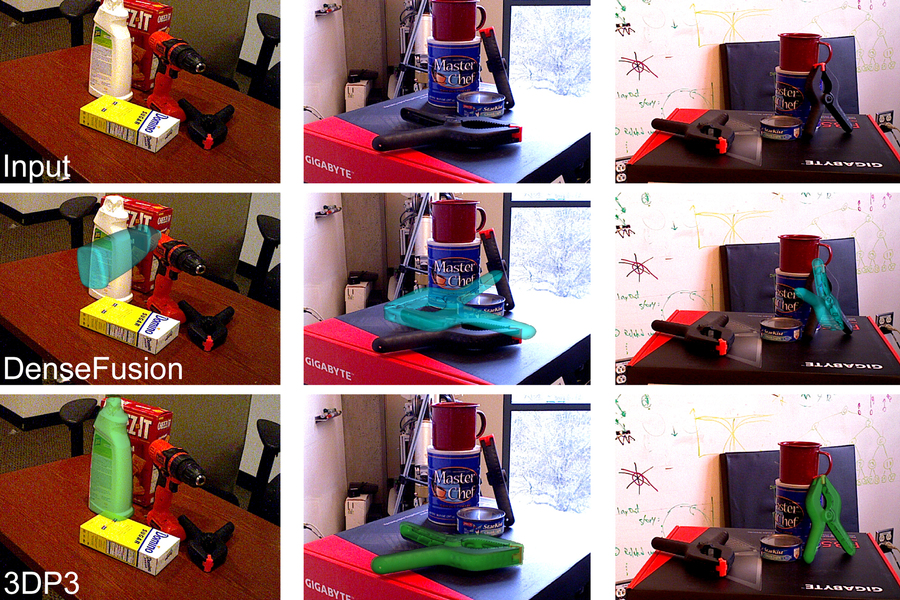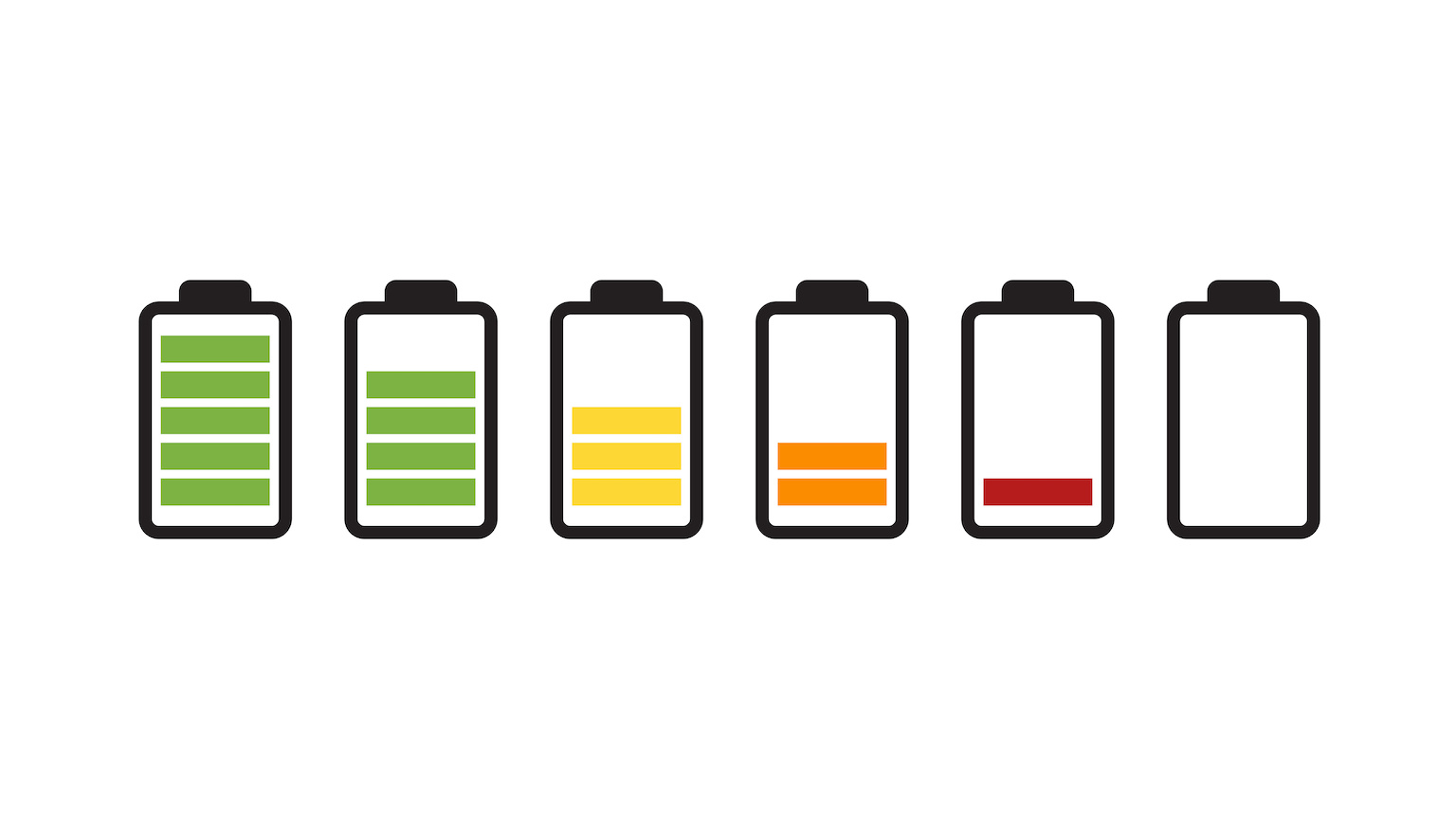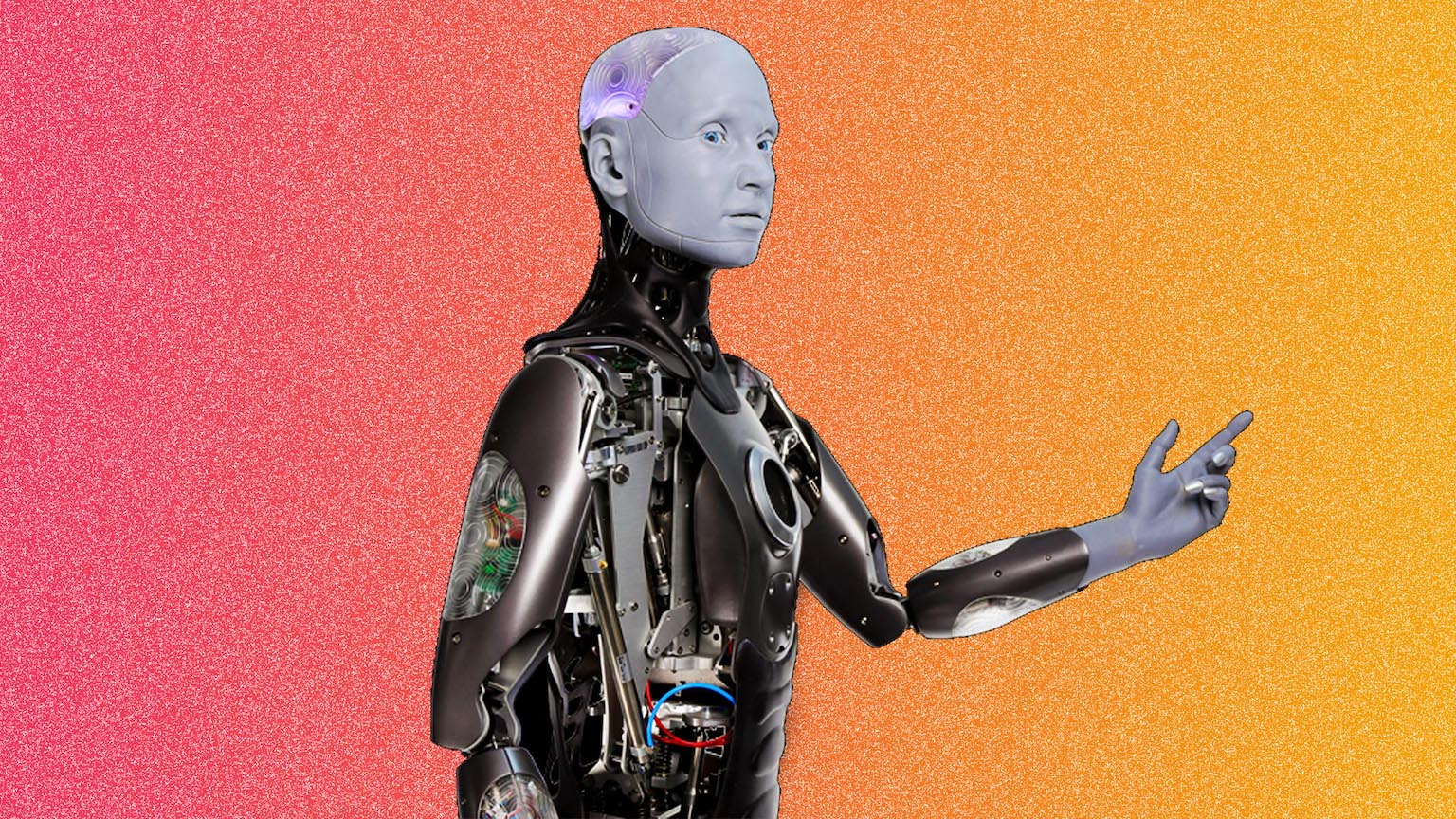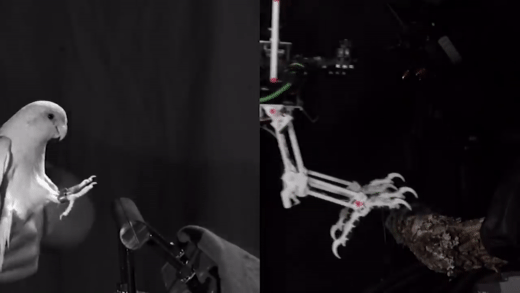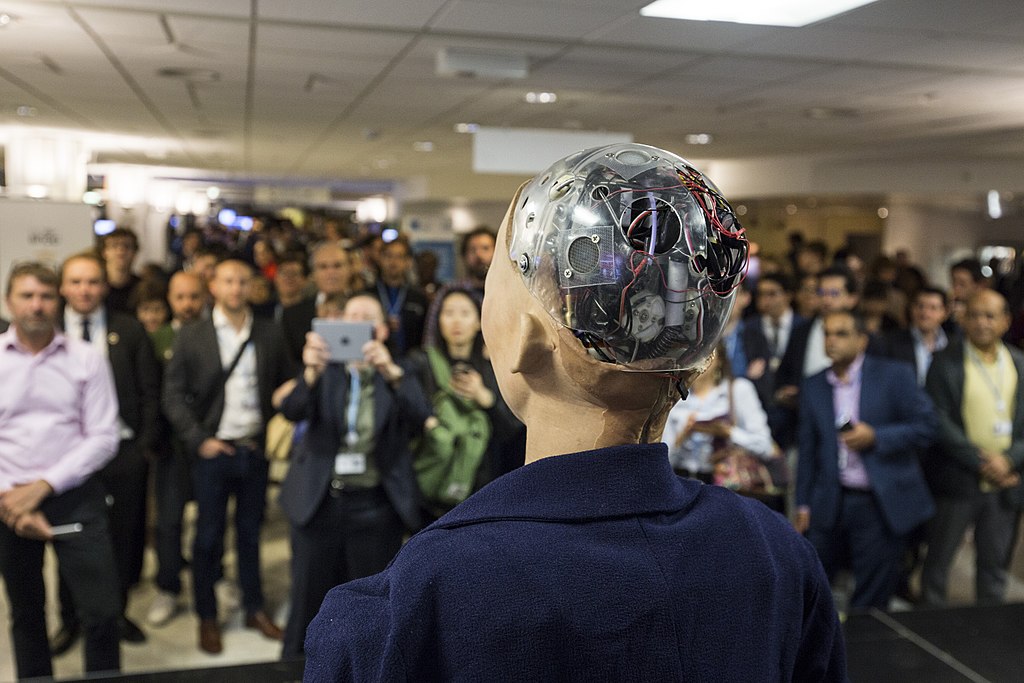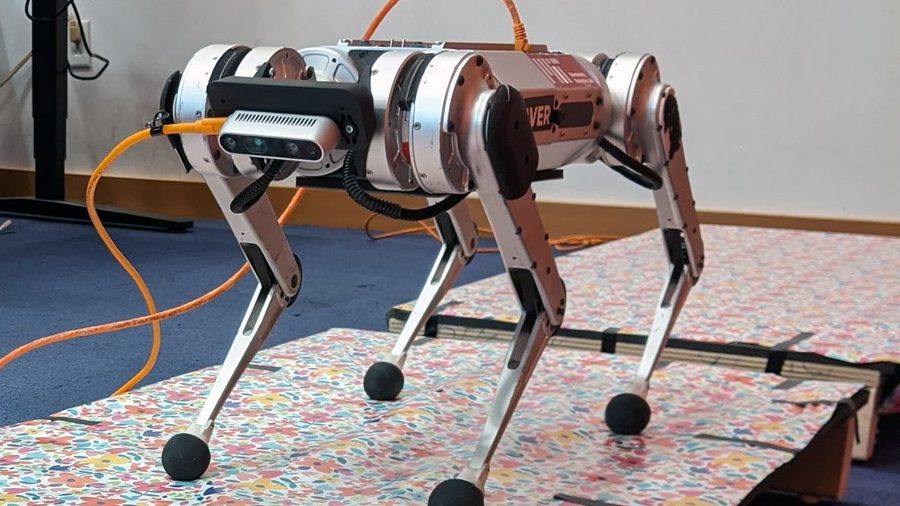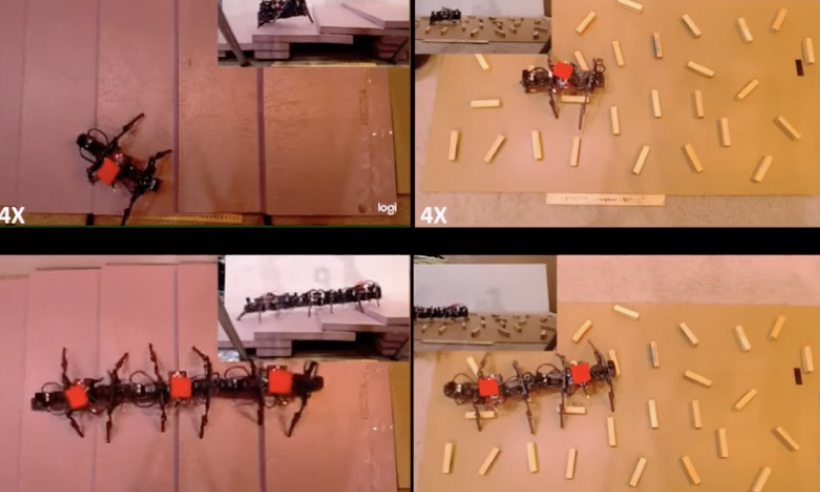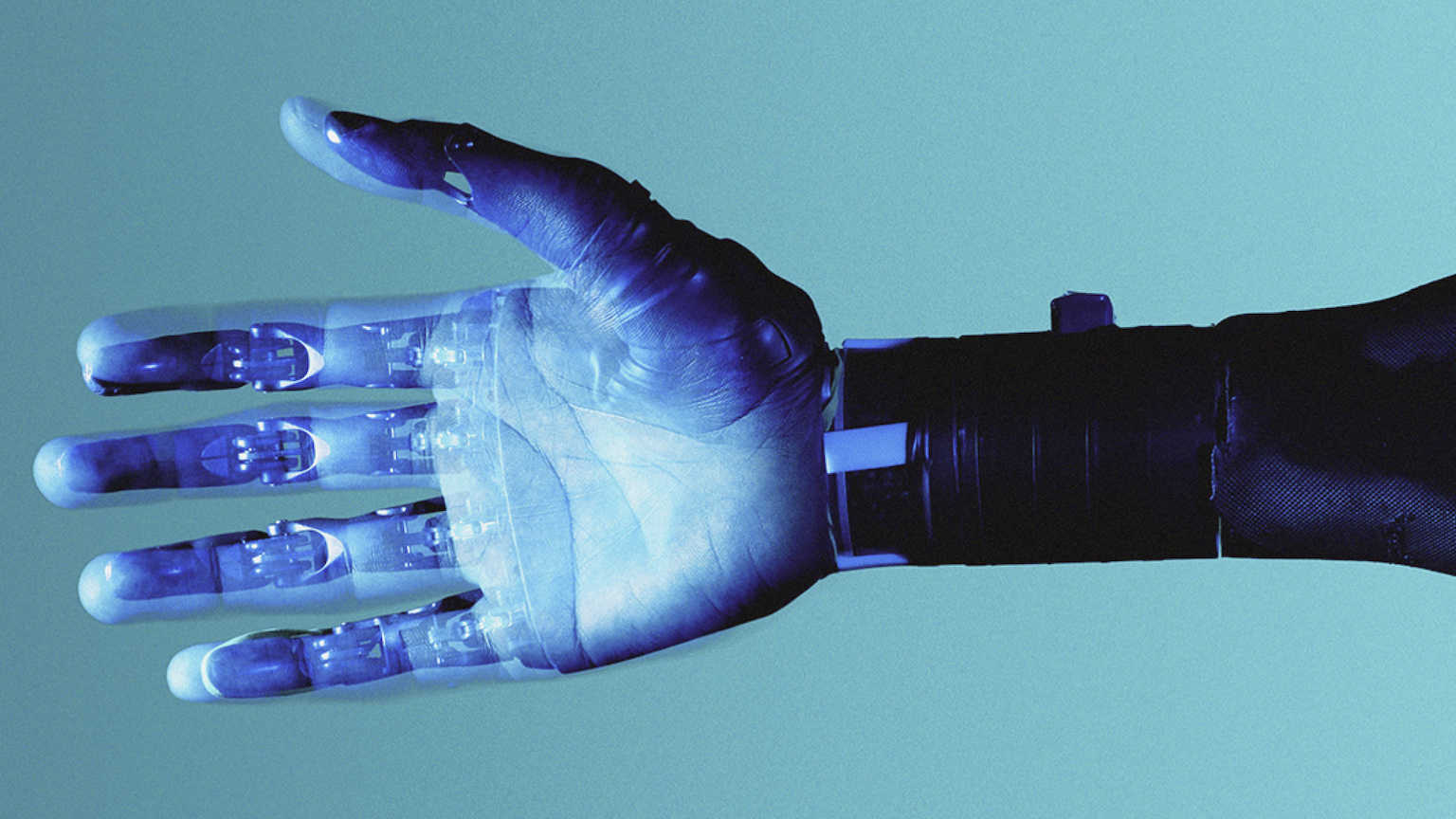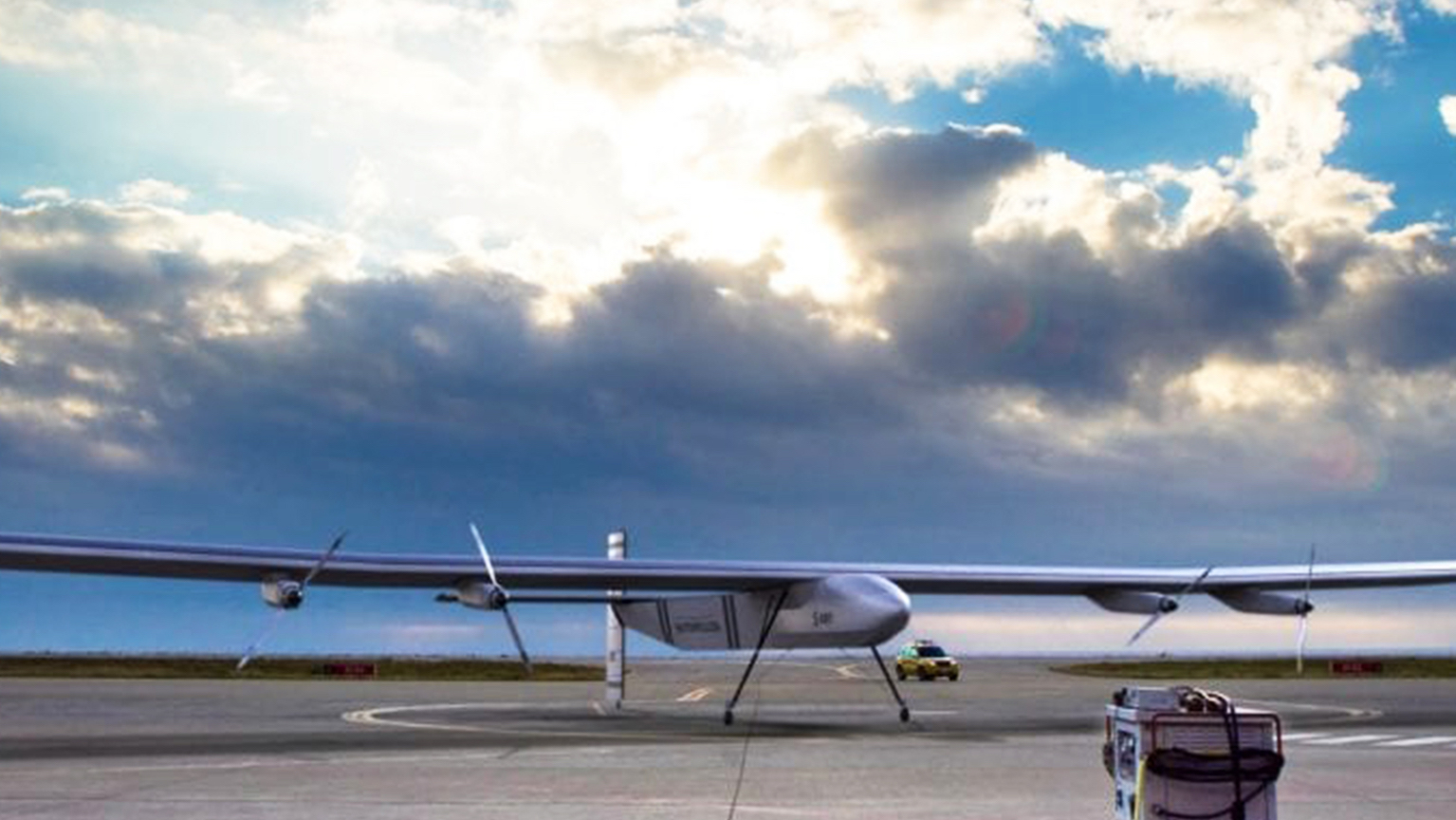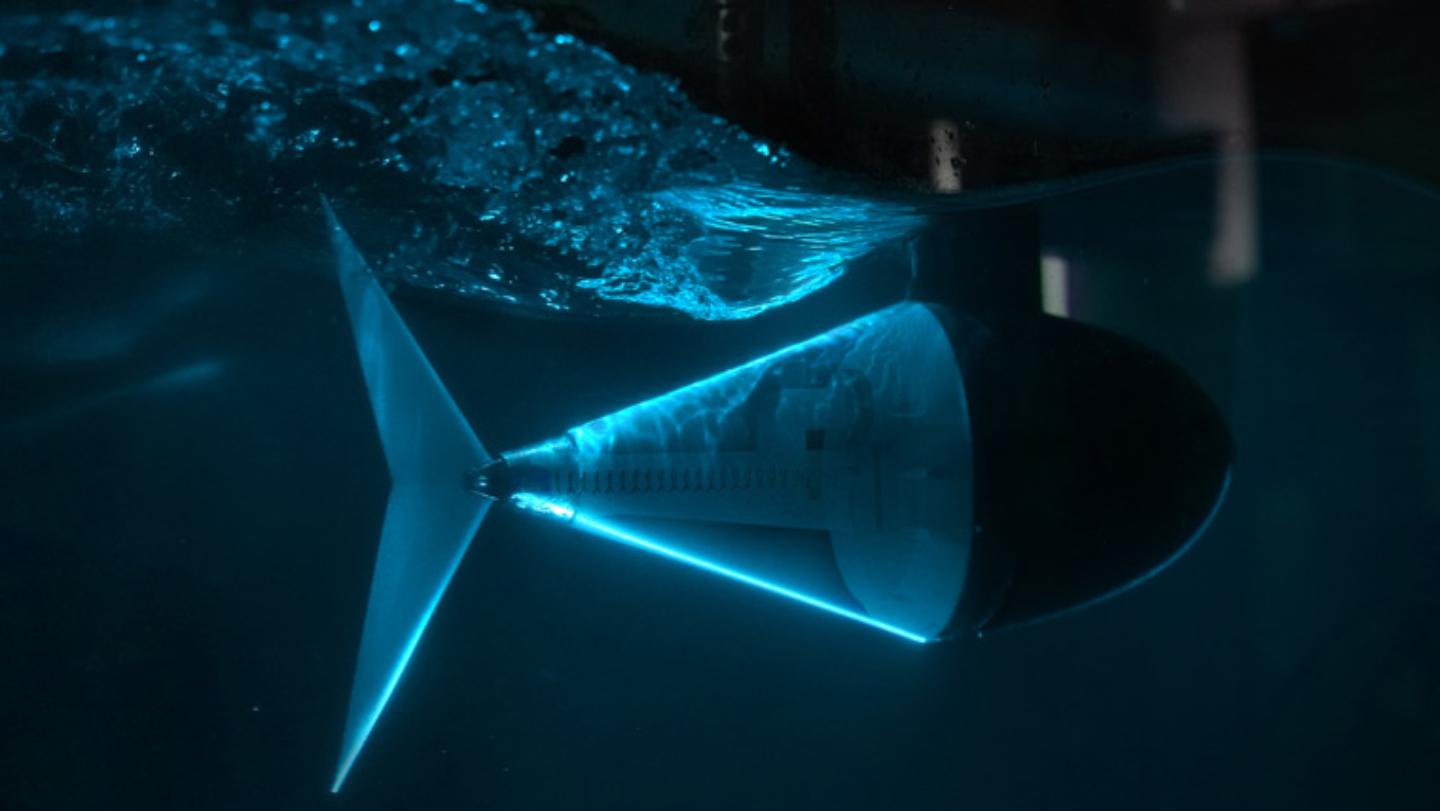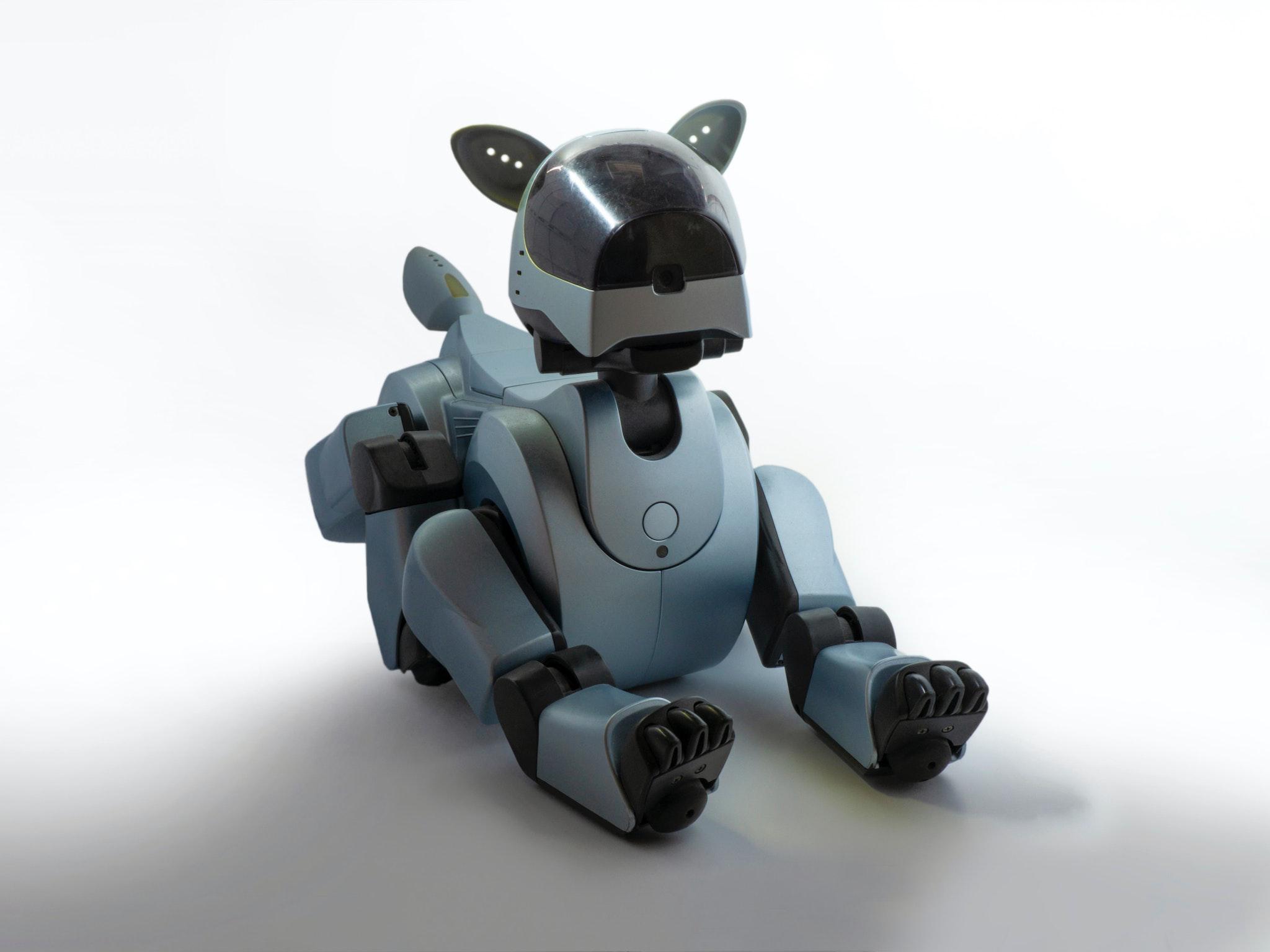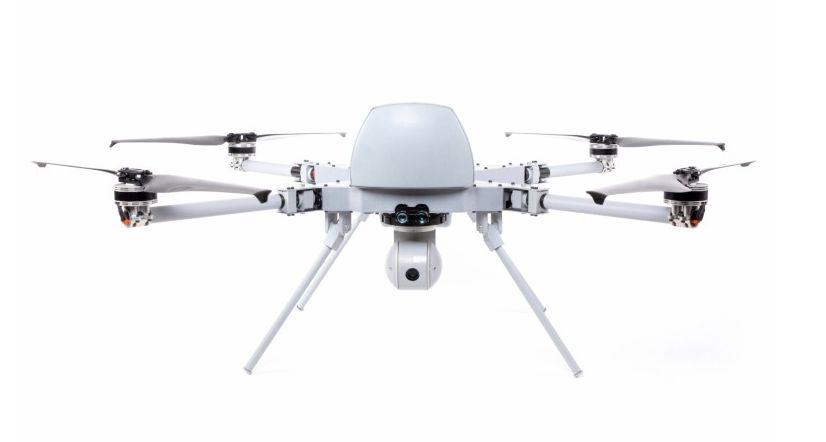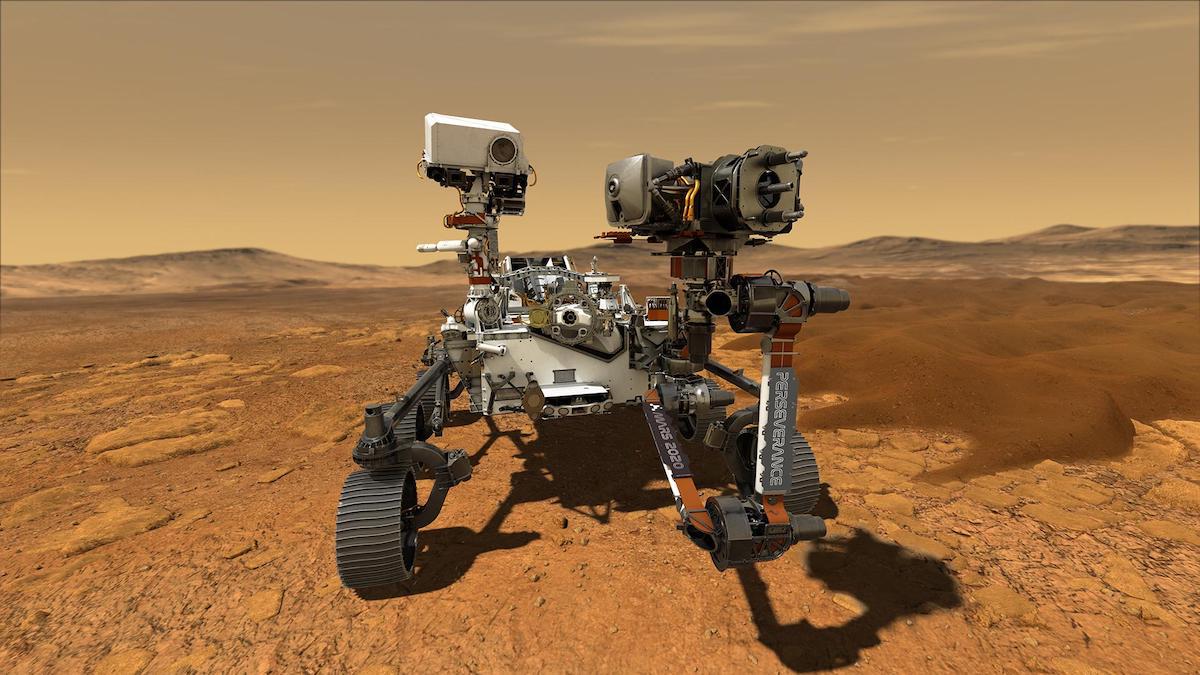robotics
Living is about staying busy.
The emergence of life in the universe is as certain as the emergence of matter, gravity, and the stars. Life is the universe developing a memory, and our chemical detection system could find it.
An elaborate device called the Mechanical Turk defeated Benjamin Franklin and Napoleon Bonaparte at chess. Edgar Allan Poe revealed the hoax.
The so-called “court painter of Silicon Valley” was shaped by her youth in communist Poland but looks forward to a future ruled by celebrity robots.
Will all robots think like Jeff Bezos and Mark Zuckerberg?
Spotty connectivity isn’t going to jeopardize Ukraine’s drone attacks.
Aerial drone footage was sent to an AI trained to track down space rocks.
The more social behaviors a voice-user interface exhibits, the more likely people are to trust it, engage with it, and consider it to be competent.
It is often assumed that AI will become so advanced that the technology will be able to do anything. In reality, there are limits.
A levitating vehicle might someday explore the moon, asteroids, and other airless planetary surfaces.
A new “common-sense” approach to computer vision enables artificial intelligence that interprets scenes more accurately than other systems do.
A century ago, electric cars were common. The fact that they were almost entirely replaced due to the internal combustion engine is a testament to the glacial pace of battery breakthroughs.
Humanoid robots are coming, and Ameca is designed to be the ideal platform to study human-robot interactions.
Drones have a lot to learn from the landing abilities of birds.
The most technically impressive feats of animation often strike us as eerie instead of impressive, and it’s all thanks to the uncanny valley.
Are we really only a moment away from “The Singularity,” a technological epoch that will usher in a new era in human evolution?
A new control system, demonstrated using MIT’s robotic mini cheetah, enables four-legged robots to jump across uneven terrain in real-time.
Inspired by the group behaviors of simple animals, a team of roboticists has developed a new way for swarm robots to maneuver on land.
The 72-meter wingspan is lined with solar panels to give the plane the power it needs to stay airborne for nearly three months.
One day, this powerful tool could be in millions of smartphones.
The famous social robot is about to start rolling off the assembly line.
While a squirrel’s life may look simple to human observers – climb, eat, sleep, repeat – it involves finely tuned cognitive skills.
A new tuna robot leads the way to more agile underwater robots and drones.
Meet MIT’s Kate Darling, a robot ethicist who says that we should rethink our relationship with robots.
A brief passage from a recent UN report describes what could be the first-known case of an autonomous weapon, powered by artificial intelligence, killing in the battlefield.
Scientists successfully trained people to use robotic extra thumbs, suggesting body augmentation could revolutionize future humans.
It uses radio waves to pinpoint items, even when they’re hidden from view.
The bird demonstrates cutting-edge technology for devising self-folding nanoscale robots.
It may be old tech, but it’s super-reliable.
